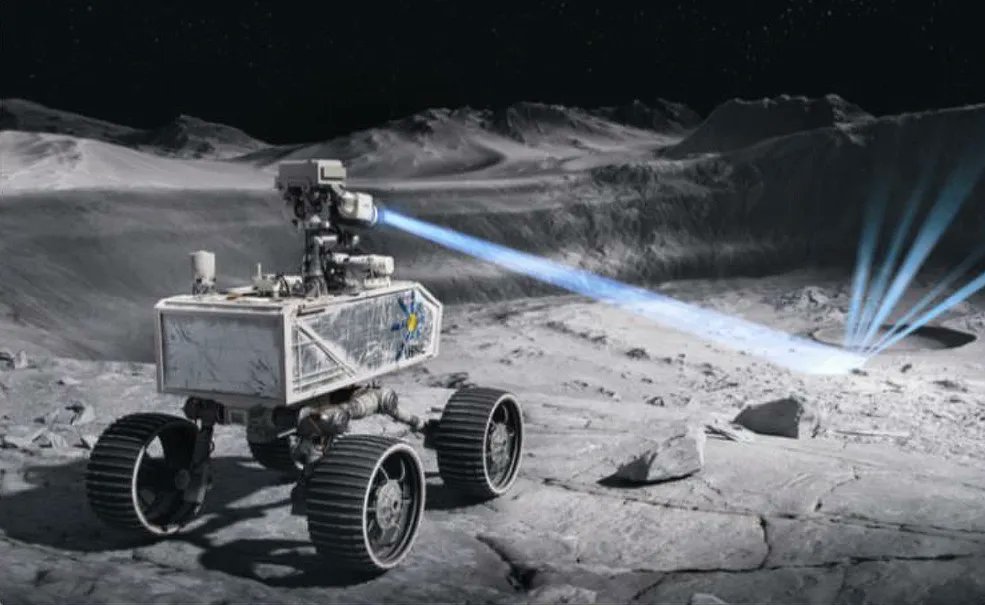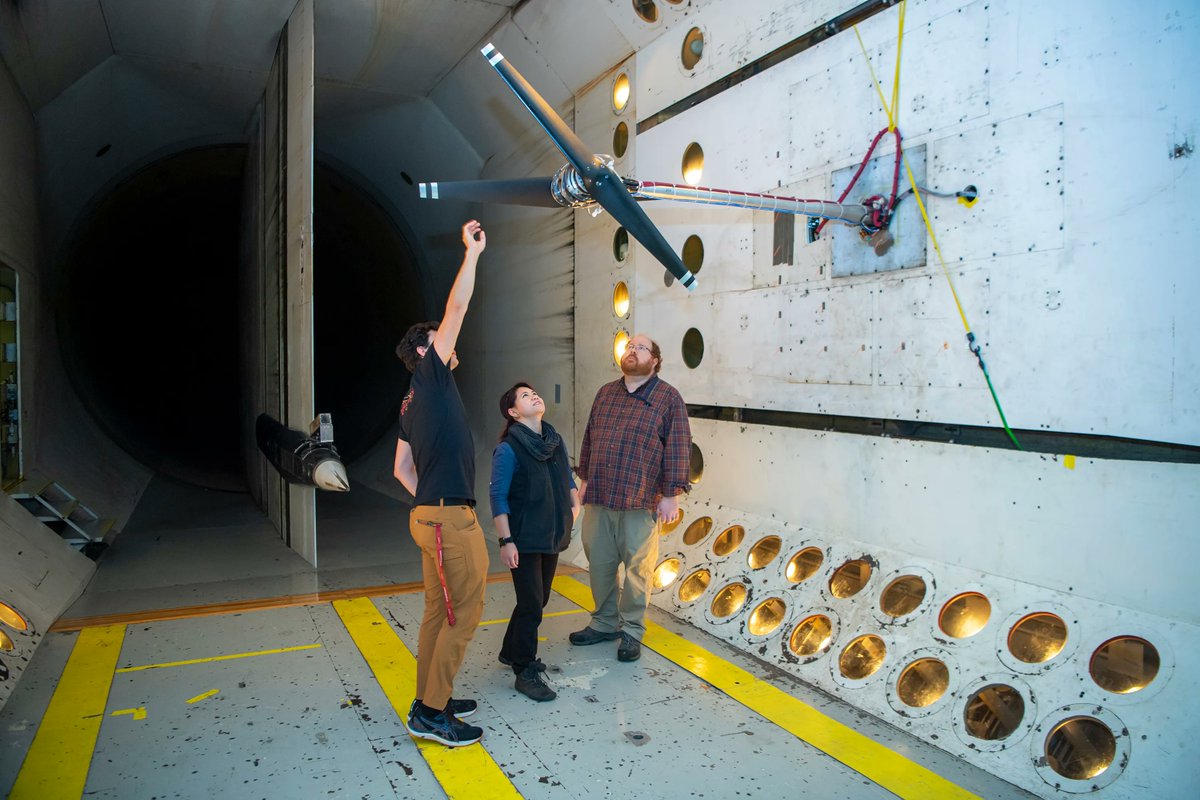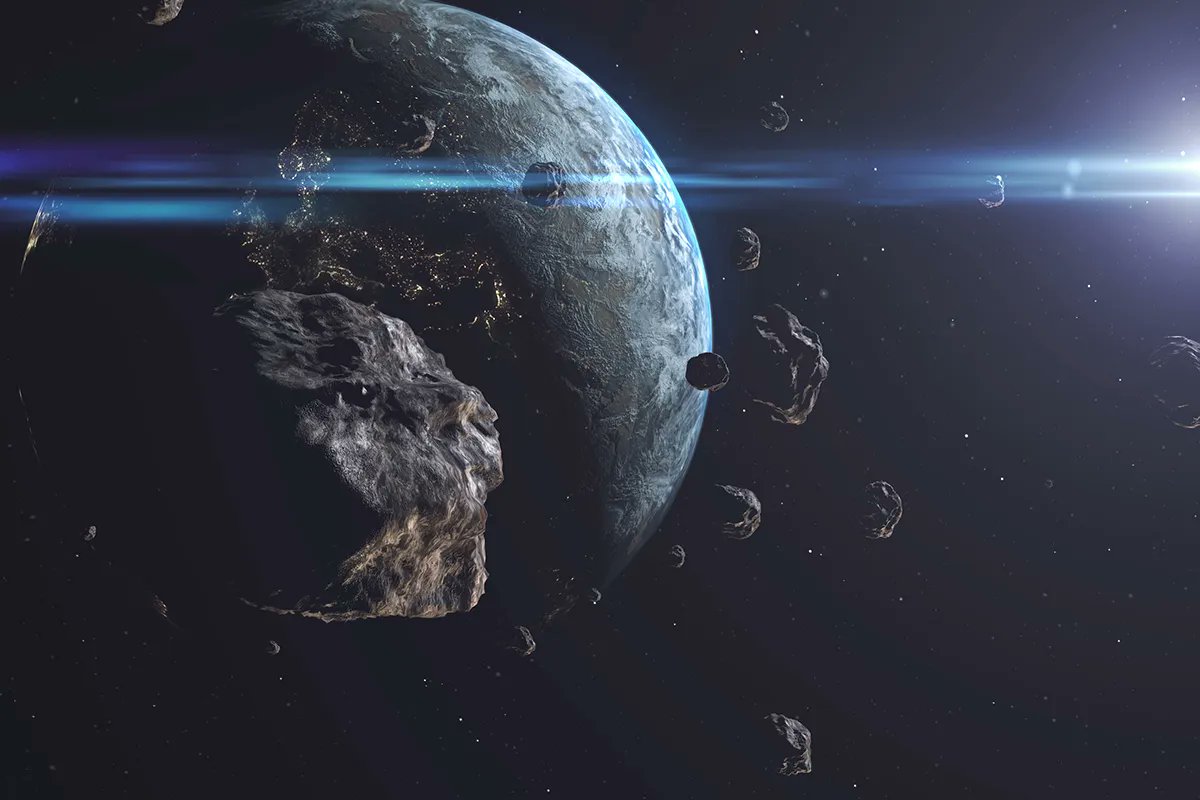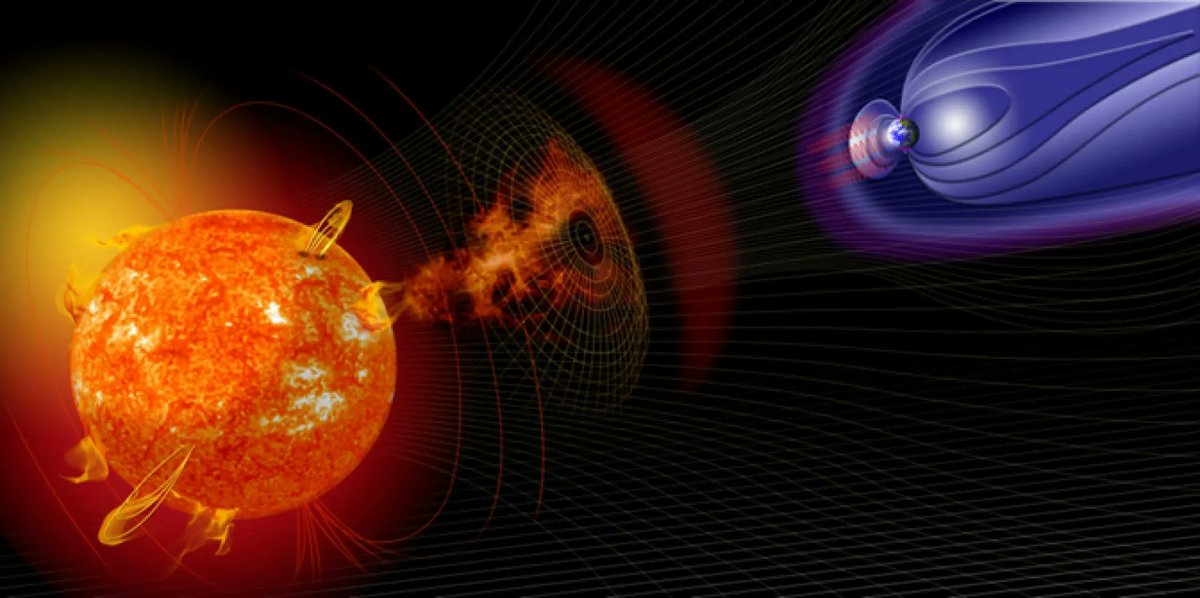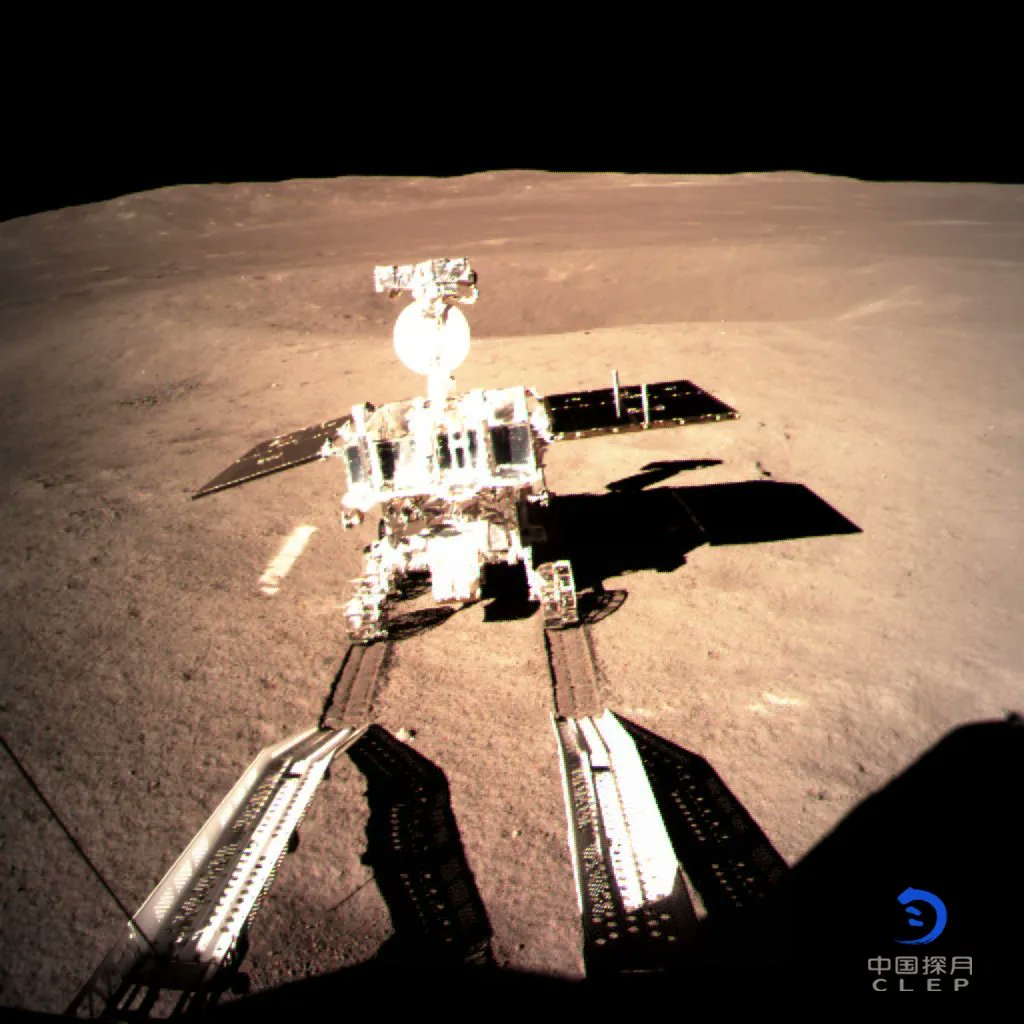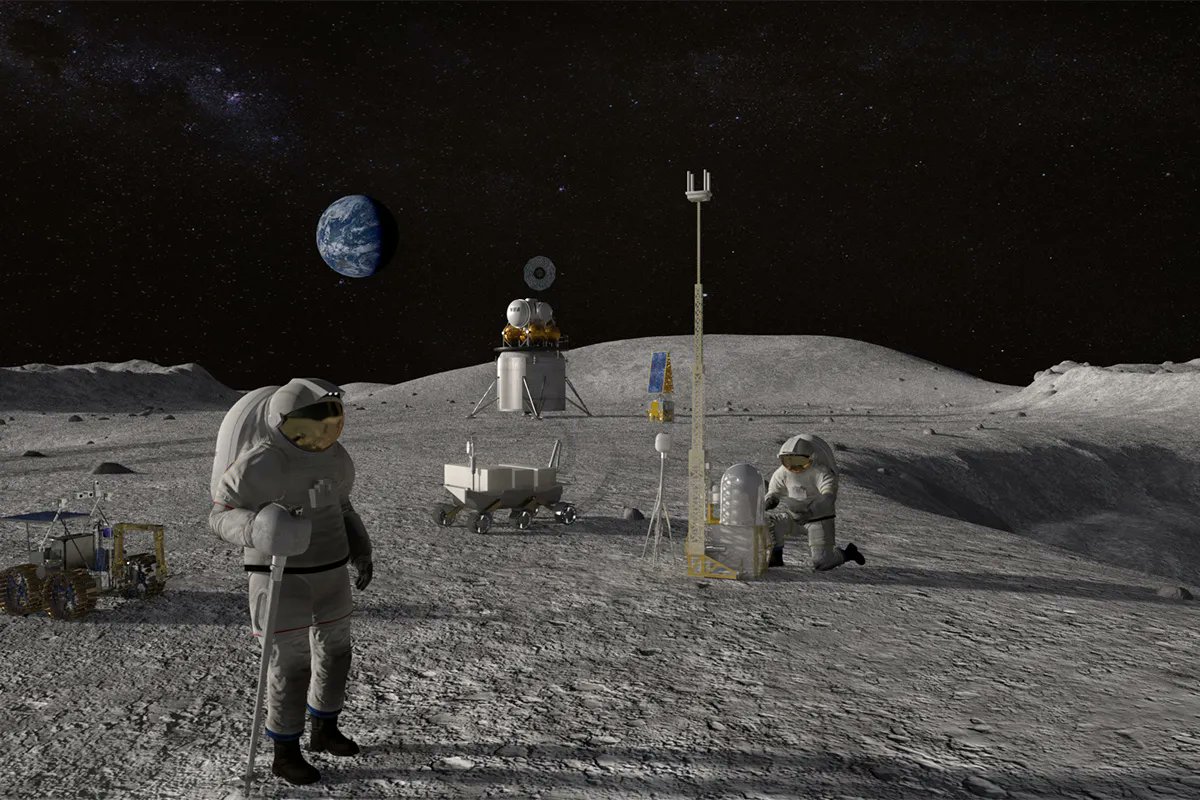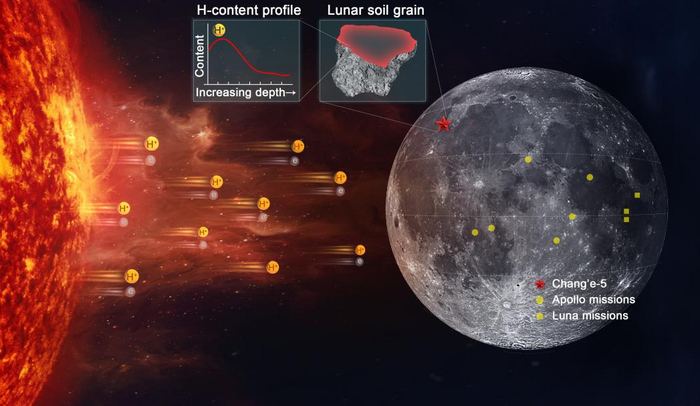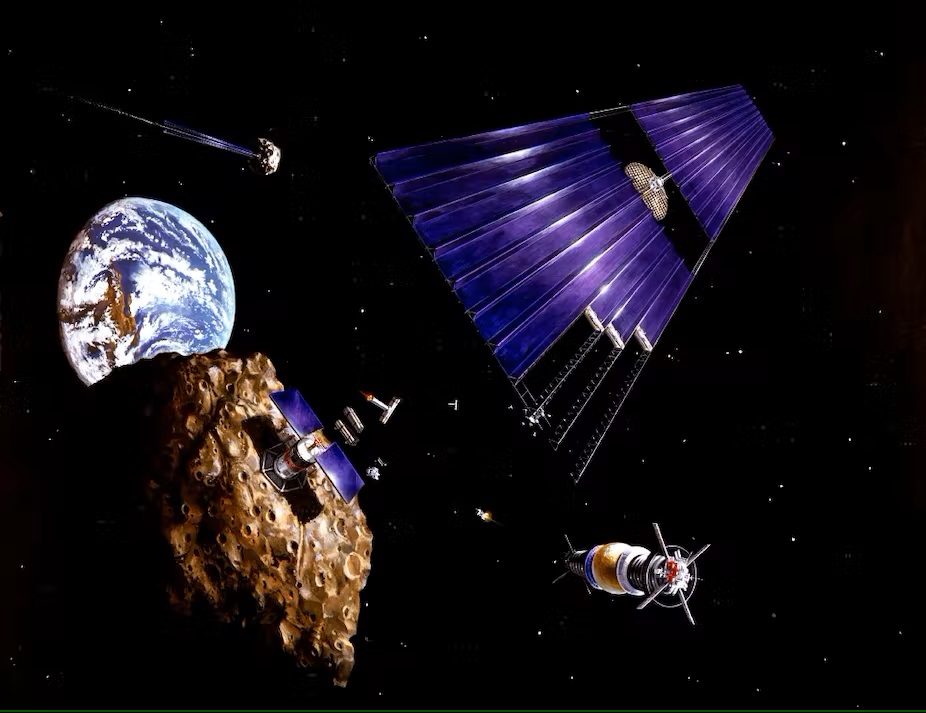Sometimes it’s hard to remember that NASA also does atmospheric research too. While typically thought of as the province of the National Oceanic and Atmospheric Administration (NOAA), America’s space agency also has a vested interest in exploring our atmosphere and in the technologies that enable us to do so. As such, its NASA Institute for Advanced Concepts (NIAC) program provided a Phase I grant to a team from the University of Pennsylvania to develop a novel type of propulsion using only light to collect data in the Earth’s challenging-to-explore mesosphere.
Continue reading “A new Propulsion System Could Levitate Vehicles in the Earth’s Upper Atmosphere”A new way to Peer Into the Permanently Shadowed Craters on the Moon, Searching for Deposits of Water ice
Not all flashlights are created equal. Some are stronger, consume more power, or have features such as blinking or strobes. Some aren’t even meant for humans, such as a new project that recently received funding from a NASA Institute for Advanced Concepts (NIAC) Phase I award. Designed by the Ultra Safe Nuclear Corporation (USNC), this flashlight doesn’t emit visible light, but it does emit x-rays and gamma rays, and the researchers on the project think it could be useful for finding resources on the Moon.
Continue reading “A new way to Peer Into the Permanently Shadowed Craters on the Moon, Searching for Deposits of Water ice”NASA is Continuing to Build the Titan Dragonfly Helicopter. Here are its Rotors
Ingenuity, the helicopter assisting NASA’s Mars Perseverance rover on its mission, has been a huge success. It gathered the achievement of the first controlled flight on another heavenly body, has performed spectacularly over its 28 flights and holds records for both speed and distance. But it might not for long, as a much bigger, more capable helicopter is currently under development. And when it eventually explores Titan in the next decade, it has an excellent chance to smash many of Ingenuity’s records.
Continue reading “NASA is Continuing to Build the Titan Dragonfly Helicopter. Here are its Rotors”Are Chemical Rockets or Solar Sails Better to Return Resources from Asteroids?
If and when we ever get an asteroid mining industry off the ground, one of the most important decisions to be made in the structure of any asteroid mining mission would be how to get the resources back to where all of our other infrastructure is – somewhere around the Earth. That decision typically will focus on one of two propulsion methodologies – chemical rockets, such as those we already use to get us into space in the first place, or solar sails, which, while slower and unable to get us into orbit, don’t require any fuel. So, which propulsion methodology is better for these future missions? A study by researchers at the University of Glasgow looked at those two scenarios and came out with a clear-cut answer – solar sails.
Continue reading “Are Chemical Rockets or Solar Sails Better to Return Resources from Asteroids?”Arecibo Studied 191 Asteroids That Flew Past the Earth. All the Data are Available in a new Paper
Even from beyond the grave, Arecibo is still contributing to new discoveries. Back in October, researchers released a “treasure trove of data” from what was then the world’s most powerful radio telescope on the radar signatures of near-Earth asteroids (NEAs). Not only will these observations help defend the planet if any of those asteroids happen to be hazardous, but they can also help the burgeoning asteroid mining industry scan for targets.
Continue reading “Arecibo Studied 191 Asteroids That Flew Past the Earth. All the Data are Available in a new Paper”Space Weather is an Ever-Increasing Threat to Humanity. But it’s not the Sun’s Fault, it’s Ours
Space-age technologies have made fundamental changes to the way we live our lives. Avionics allow us to fly to other continents on almost a moment’s notice. GNSS services enable us to navigate our cars on roads we’ve never driven before without a paper map. And some form of radio has become the backbone of both our entertainment and communication networks. So what happens if a solar storm disrupts all of that? That is the focus of a new review paper by Natalia Buzulukova and Bruce Tsurutani, one of the world’s leading experts on space weather. They stress that we haven’t adequately prepared for a once-in-a-millennial solar storm that may be coming soon.
Continue reading “Space Weather is an Ever-Increasing Threat to Humanity. But it’s not the Sun’s Fault, it’s Ours”China is Considering Where to Build a Lunar Research Station
The second Moon race is in full swing, with the world’s two big superpowers angling to score a new set of firsts on the lunar surface. NASA’s Artemis program recently clocked up its first success with the splashdown of Orion, but China is looking to take the lead when it comes to setting up a fully-fledged lunar research station. One of the first steps in that process – figuring out where to put it. That is what a new paper attempts to quantify, and it comes up with a practical solution – the south pole.
Continue reading “China is Considering Where to Build a Lunar Research Station”Want to Build Structures on the Moon? Just Blast the Regolith With Microwaves
Microwaves are useful for more than just heating up leftovers. They can also make landing pads on other worlds – at least according to research released by a consortium of scientists at the University of Central Florida, Arizona State University, and Cislune, a private company. Their research shows how a combination of sorting the lunar soil and then blasting it with microwaves can create a landing pad for future rockets on the Moon – and save any surrounding buildings from being blasted by 10,000 kph dust particles.
Continue reading “Want to Build Structures on the Moon? Just Blast the Regolith With Microwaves”The Solar Wind is Creating Water on the Surface of the Moon
Water on the Moon has been a hot topic in the research world lately. Since its first unambiguous discovery back in 2008. Since then, findings of it have ramped up, with relatively high concentration levels being discovered, especially near the polar regions, particularly in areas constantly shrouded in shadow. Chang’e 5, China’s recent sample return mission, didn’t land in one of those permanently shadowed areas. Still, it did return soil samples that were at a much higher latitude than any that had been previously collected. Now, a new study shows that those soil samples contain water and that the Sun’s solar wind directly impacted that water.
Continue reading “The Solar Wind is Creating Water on the Surface of the Moon”Is Mining in Space Socially Acceptable?
Traditional mining has been subject to a negative stigma for some time. People, especially in developed countries, have a relatively negative view of this necessary economic activity. Primarily that is due to its environmental impacts – greenhouse gas emissions and habitat destruction are some of the effects that give the industry its negative image. Mining in space is an entirely different proposition – any greenhouse gases emitted on the Moon or asteroids are inconsequential, and there is no habitat to speak of on these barren rocks. So what is the general public’s opinion on mining in space? A paper from a group of researchers in Australia, one of the countries most impacted by the effects of terrestrial mining, now gives us an answer.
Continue reading “Is Mining in Space Socially Acceptable?”

